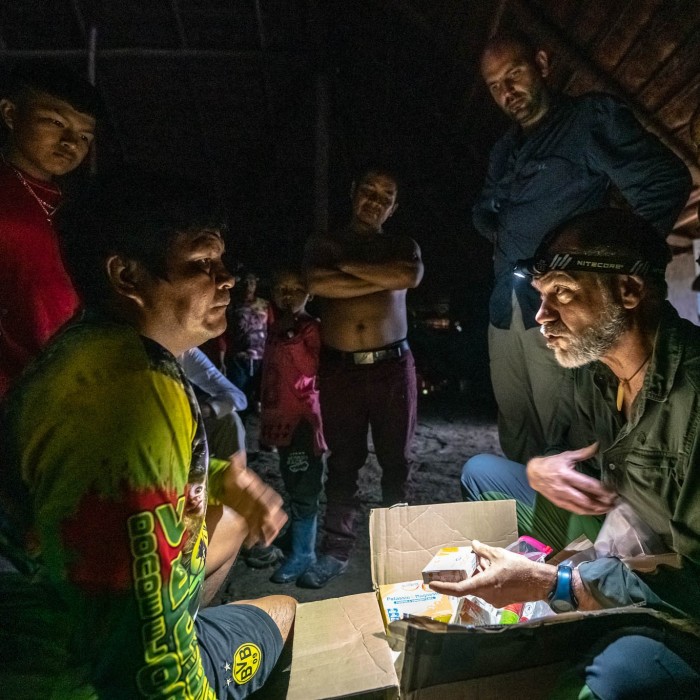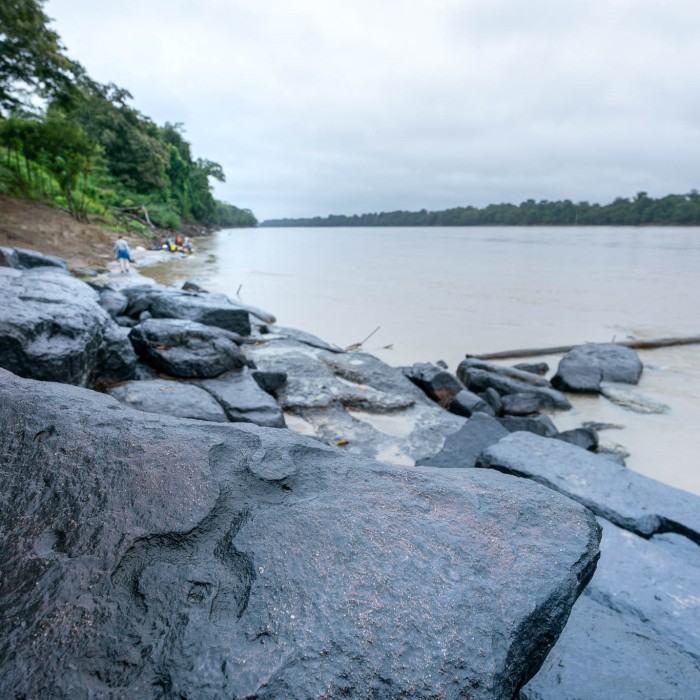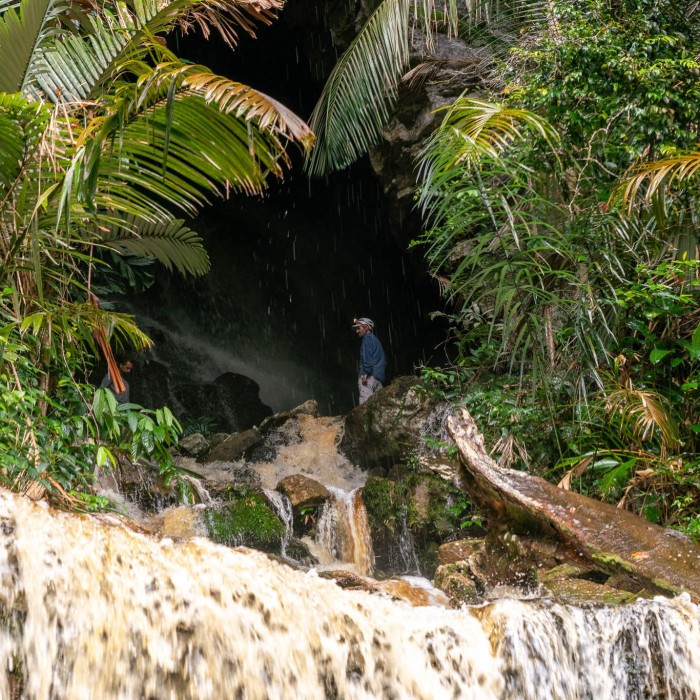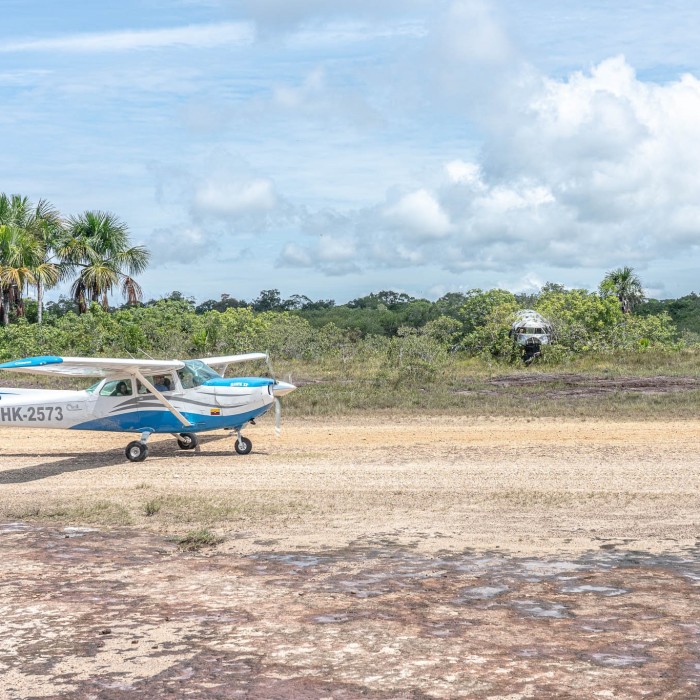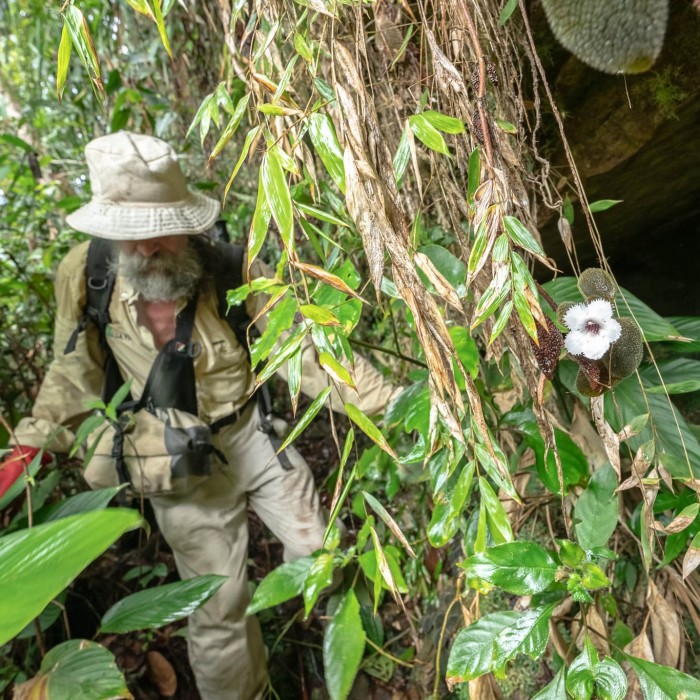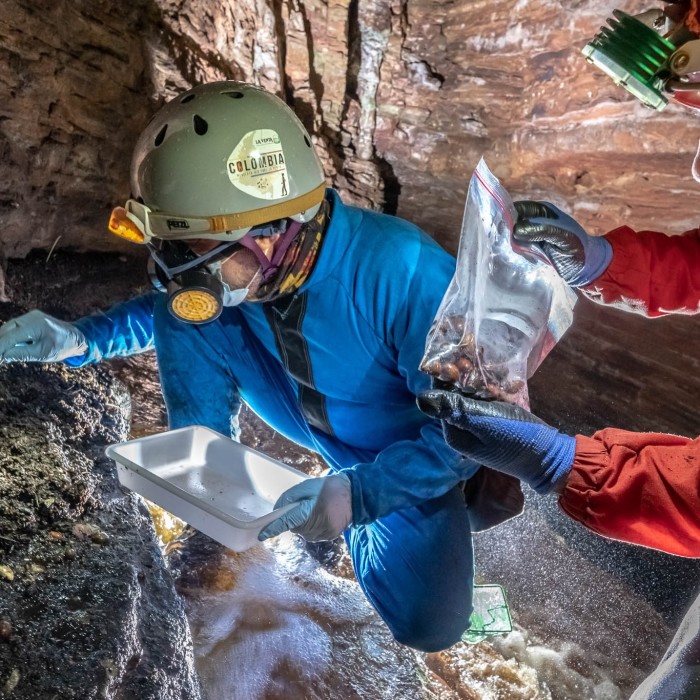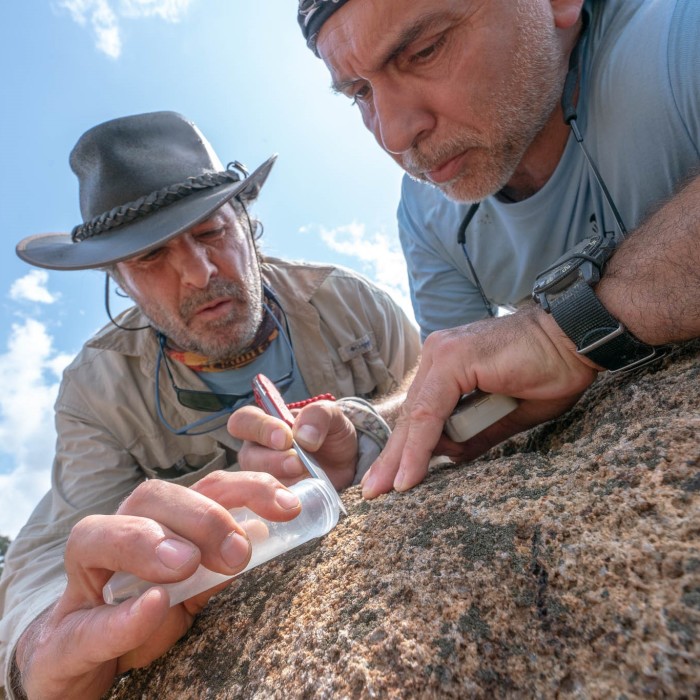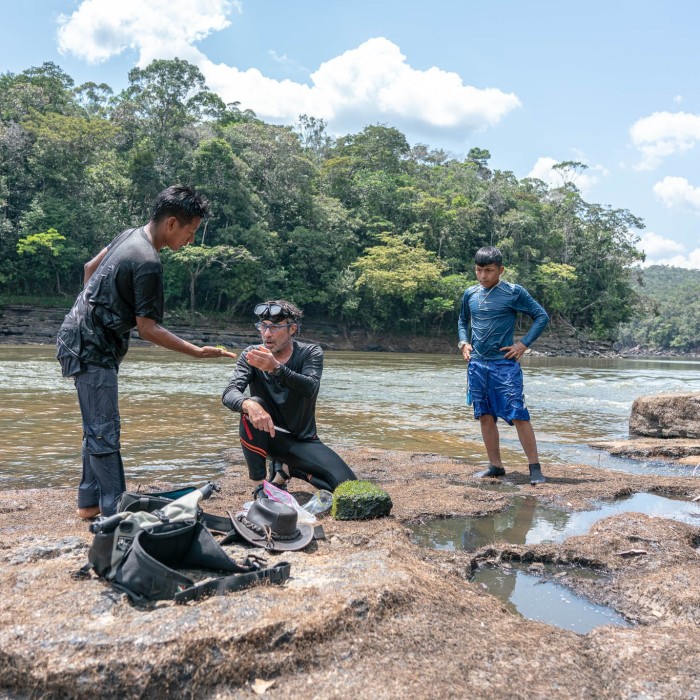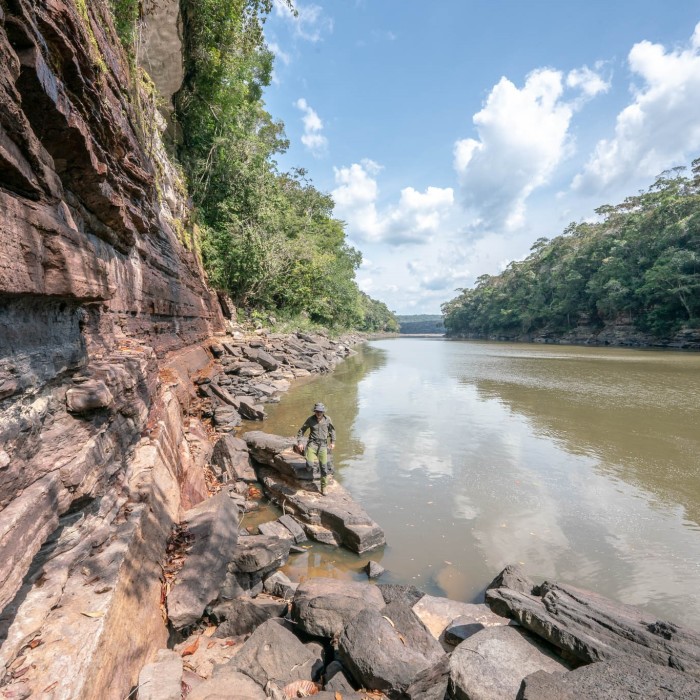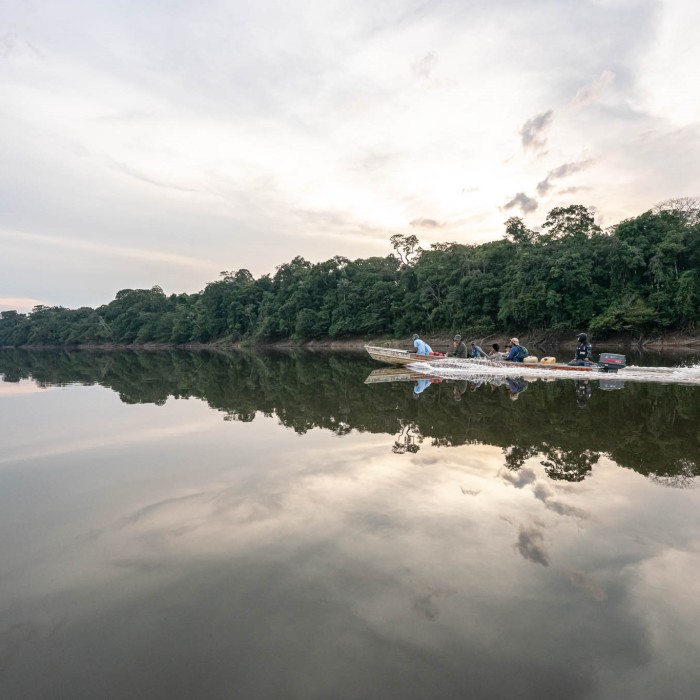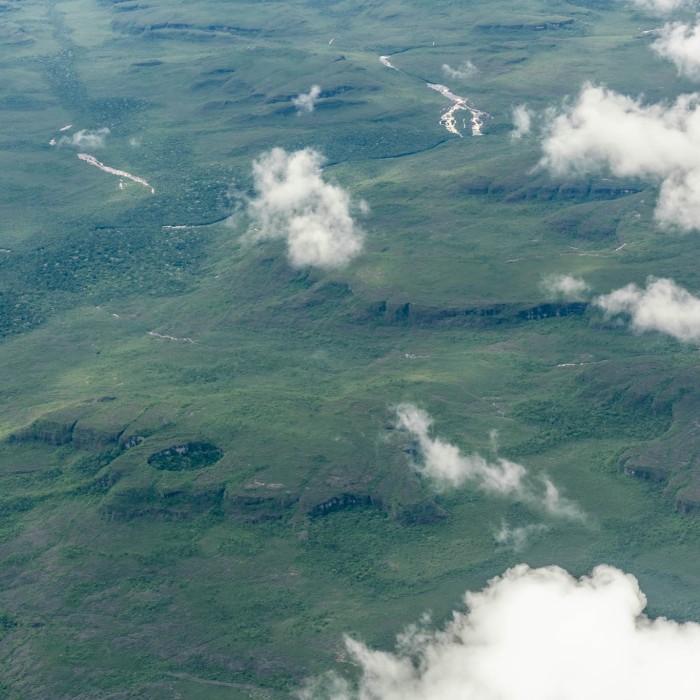
The quartz heart of Colombia
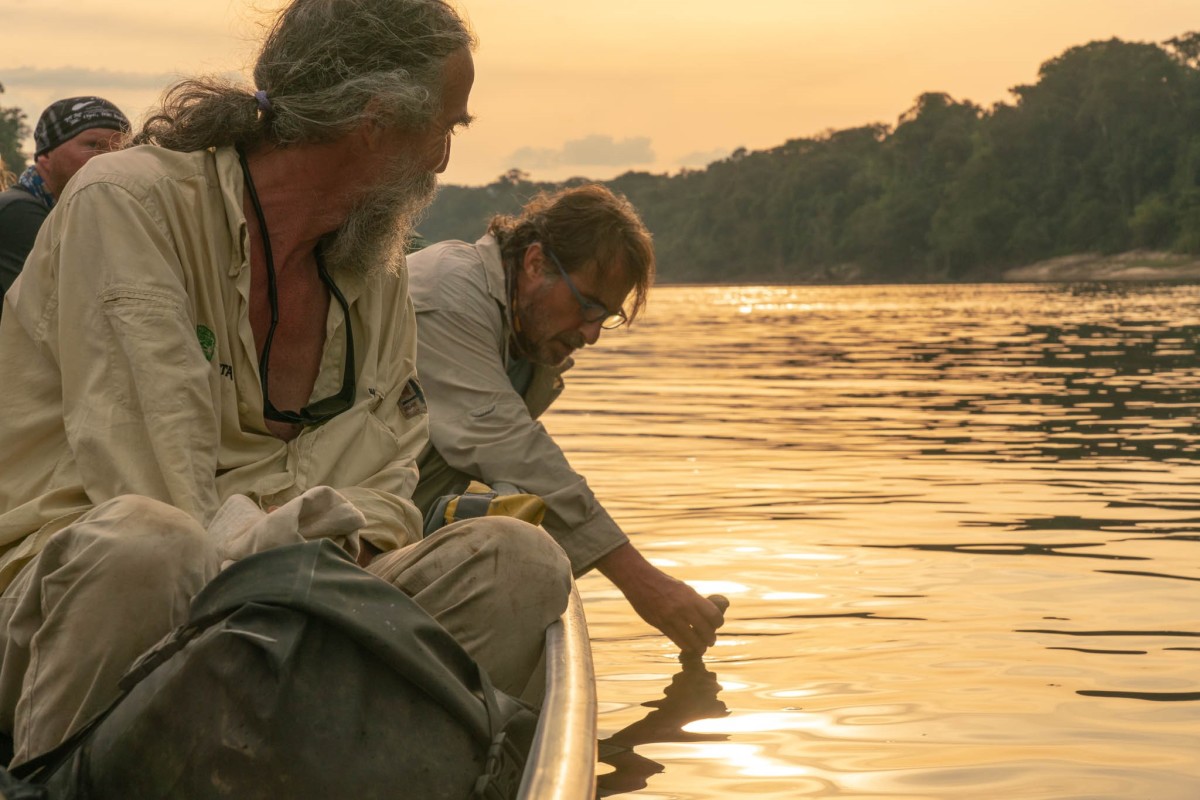
La Venta association together with local population in the exploration of the huge quartzite outcrop that is hidden in the heart of Colombia. A project that was born years ago, which today finally takes shape in "Colombian Amazon”.
A huge outcrop of quartzite rock, in the heart of a primary tropical forest located in southern Colombia. This was the last expedition from which the explorers of La Venta came home.
It is named "Colombian Amazon” and it is the project part of a broader scientific investigation program aimed at the quartzites of our planet, an issue that La Venta association has already extensively dealt with thanks to various exploratory campaigns that involved Venezuela and Brazil’s Tepui. This new exploration, directed to the remote areas of Colombia, was born before the pandemic and took concrete shape in February 2020, when a first expedition reached Bogota. “Together with Daniela Barbieri, two American speleologists and a biologist from Humboldt Institute, we moved towards the village of Araracuara, a small hamlet on the Rio Caquetà on the edge of the immense tropical forest" explains Francesco Sauro. “Here we first sought an agreement with the indigenous governors, in order to establish a fruitful collaboration for the both of us. The dialogue allowed us to obtain a go-ahead for the expedition, with the agreement that the project would take place together with the local communities.”
Francesco, how was the project born?
It all started years ago, before the Coronavirus pandemic that stopped the world and also our explorations. The Colombian side is part of a broader program linked to the studies conducted during the past years on Venezuela and Brazil’s Tepui. In Colombia we encountered formations similar to those of Tepui.
What kind of territory are we talking about?
We are in the Colombian part of the Amazon rainforest, in the area of Rio Caquetà, in the south of the country, between the Ciribiquete National Park and the Amazonas department. Here, after an initial cartographic and satellite study, we came in contacts with Colombian researchers and scientific institutions. This was then followed by a first meeting in February 2020.
What kind of research did you carry on?
We carried out an exploratory expedition that allowed us to demonstrate the presence of quartz caves similar to the Venezuelan ones, although younger. We will definitely want to come back soon to deepen some scientific studies.
Before you mentioned a local involvement, what does that mean?
The aim of the project is not only the exploration of the area, but also the search for a cultural exchange between ours and their reality, assisting them in the scientific knowledge of the area. Among the goals we have set ourselves there is also the one of carrying out a first expedition composed only of young Monochoa people chosen by the elderly to represent the villages present in the reserve.
In which way did you support them?
Providing materials and equipment. Furthermore, already during this first phase of the expedition, we had the opportunity to work together, consolidating our relationship and providing young people with the scientific tools they need so that they could independently conduct research in the coming months. Furthermore, a profound blend has been created between our approach to geographical discovery and their sacred and ancestral perception linked to their places.
What is your long-term goal?
Carrying on the research and finding new caves, to bring to light this world hidden in the heart of the quartzite mountains of Colombia.
Share this article
